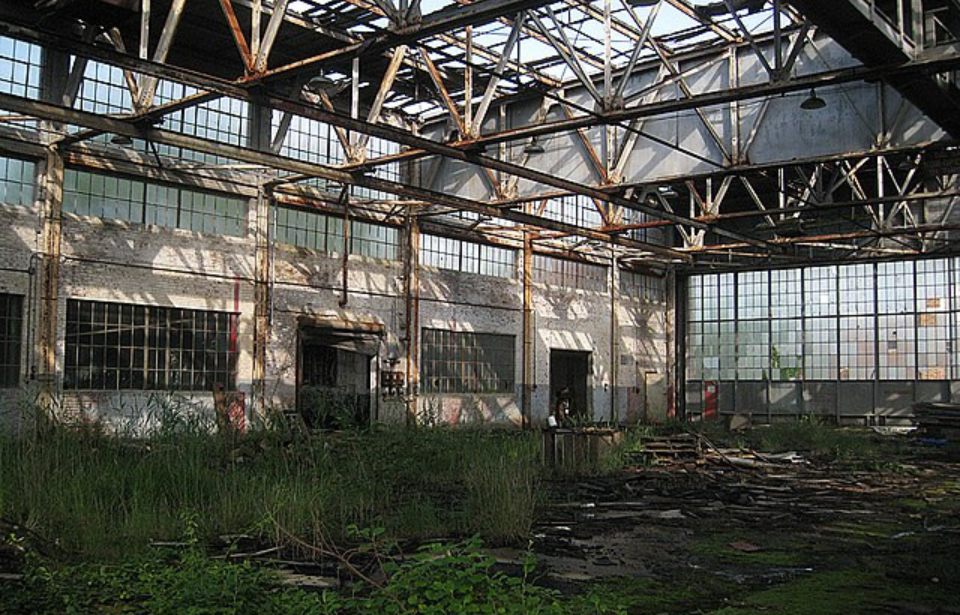Floyd Bennett Field was New York City’s first municipal airport. Beginning operations in 1931, it was located in the Marine Park neighborhood of southeast Brooklyn, along the shore of Jamaica Bay.
While hopes were high for its success, it never saw the commercial air traffic city officials hoped for. After housing the US Navy and Coast Guard for decades, it was handed over to the National Parks Service to be turned into an urban camping ground.
Floyd Bennett Field officially opens
The construction of Floyd Bennett Field was spurred by the growth of commercial aviation following the First World War. While a number of locations in the New York City area were considered, Barren Island was eventually chosen because of the lack of nearby obstacles and the ability for seaplanes to land via Jamaica Bay. As well, the city already owned the site and had spent $100 million between 1900-27 toward the construction of a seaport in the bay.
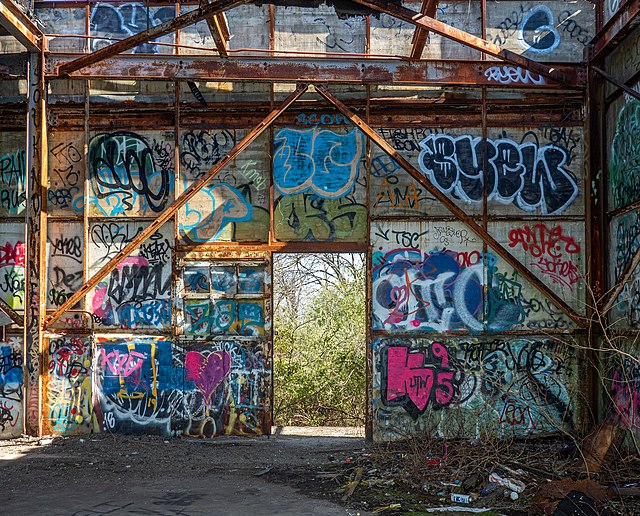
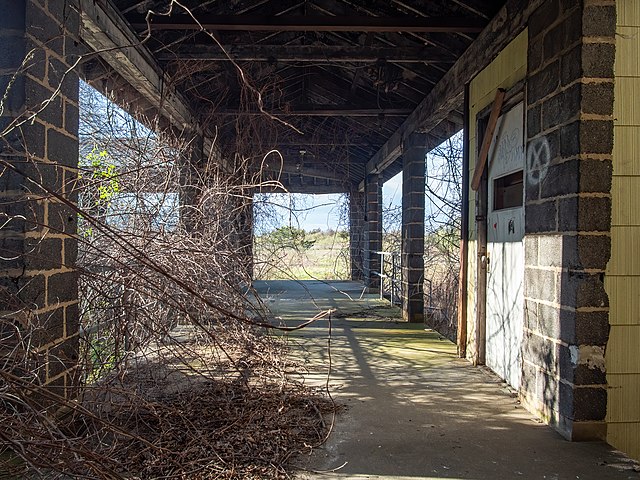
The decision was made to name the airport after Floyd Bennett, who piloted the first aircraft to fly over the North Pole. He and the naval officer with him, Richard E. Byrd, were awarded the Medal of Honor and the Navy Distinguished Service Medal for their accomplishment.
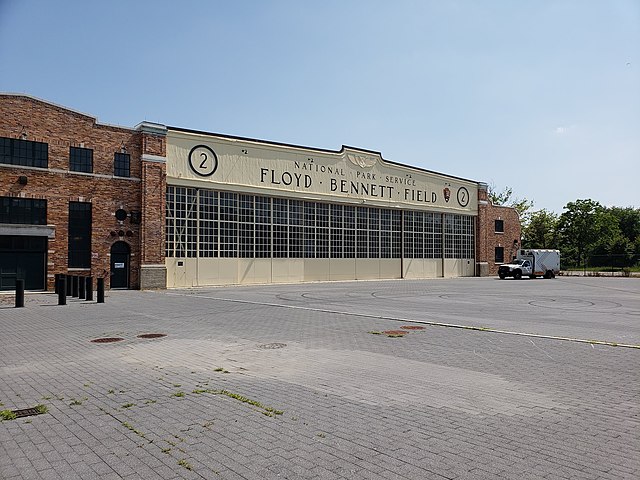
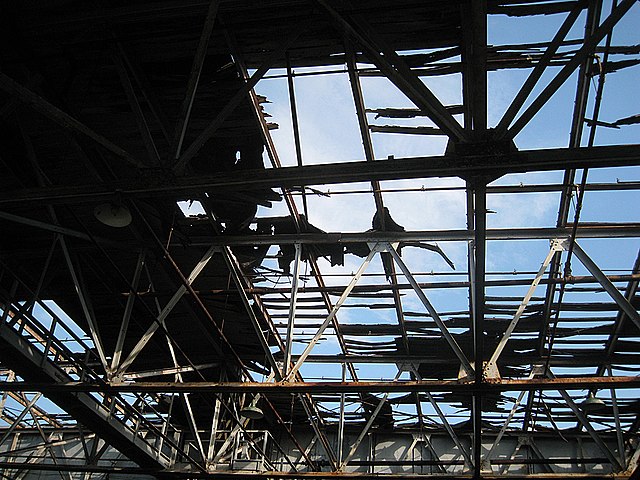
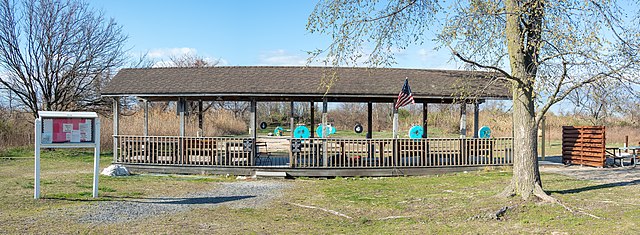
Despite ongoing construction, the airport was dedicated in June 1930. An estimated 25,000 individuals attended the aerial demonstration, led by Jimmy Doolittle and Charles Lindbergh. A flotilla of US Army Air Corps aircraft also circled the area as part of the celebrations.
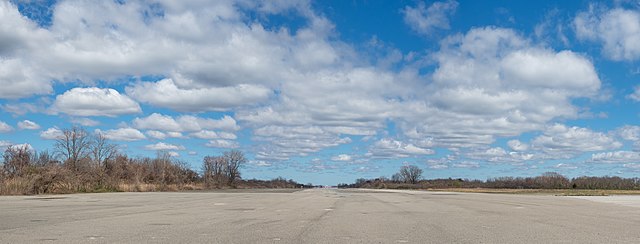
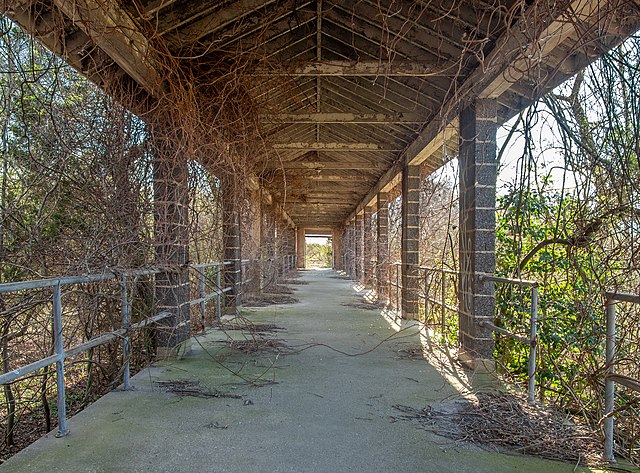
Floyd Bennett Field officially opened in May 1931, at which time there was a second dedication ceremony. Those in attendance bore witness to what was then the largest aircraft demonstration in US history, with 597 aircraft flying over the New York City metropolitan area.
Not as successful as everyone anticipated
While Floyd Bennett Field initially hosted commercial aviation traffic, the amount of aircraft flying to and from the airport was rather sparse. This was due to Newark Airport, which had exclusive airmail contracts with the United States Postal Service and saw the majority of commercial passengers.
By 1937, American Airlines was the only commercial airline regularly operating out of the airport, flying an air shuttle from New York to Boston, Massachusetts.
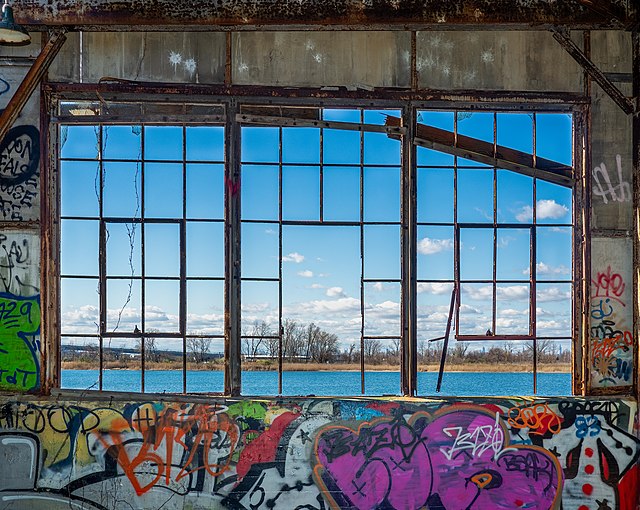
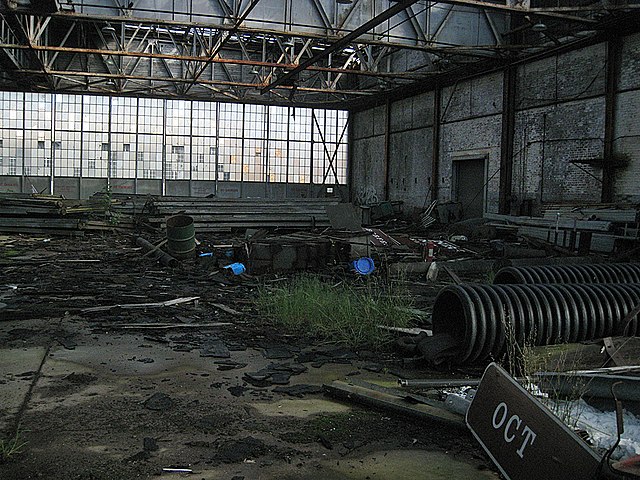
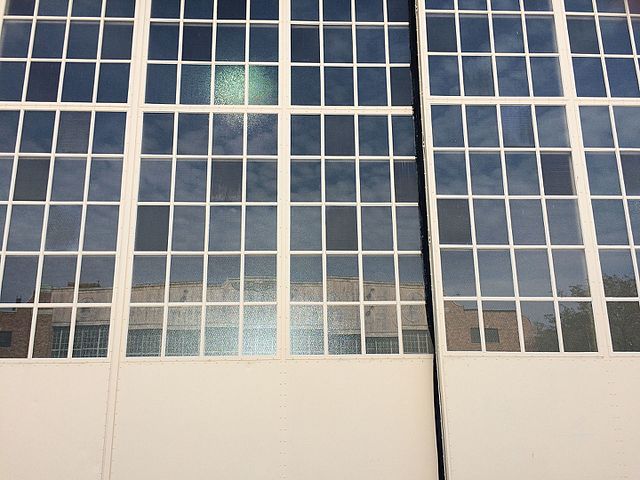
The lack of commercial flights, as well as the modern facilities, its location near the Atlantic Ocean, and the lack of nearby obstacles, made Floyd Bennett Field appealing to general aviators. A number of races were held at the airport, and during the “Golden Age of Aviation,” a number of famous pilots set air records.
Among those to fly there were Amelia Earhart, Wiley Post, Clarence Chamberlain, Roscoe Turner, Howard Hughes and Jacqueline Cochran.
Floyd Bennett Field and its use by the US Navy
Not long after it opened, Floyd Bennett Field was partially occupied by the US Navy and Coast Guard. The Navy leased space for several years, following the closure of Naval Air Station Rockaway, and in April 1931, the Naval Reserve Aviation Unit began using the airport, which led to its expansion. The Coast Guard followed suit in 1936, leasing land to form Coast Guard Air Station Brooklyn.
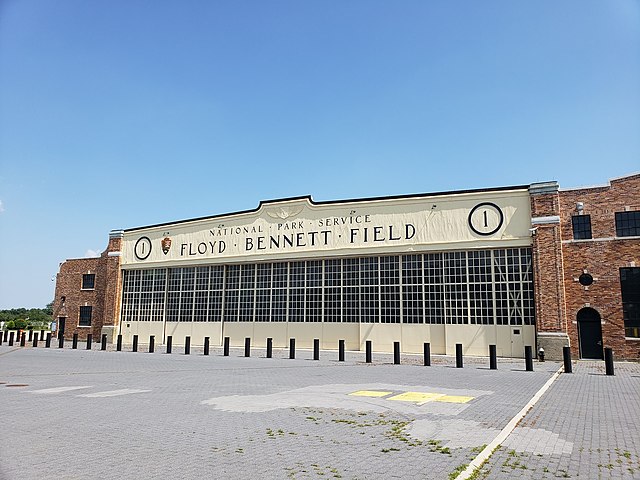
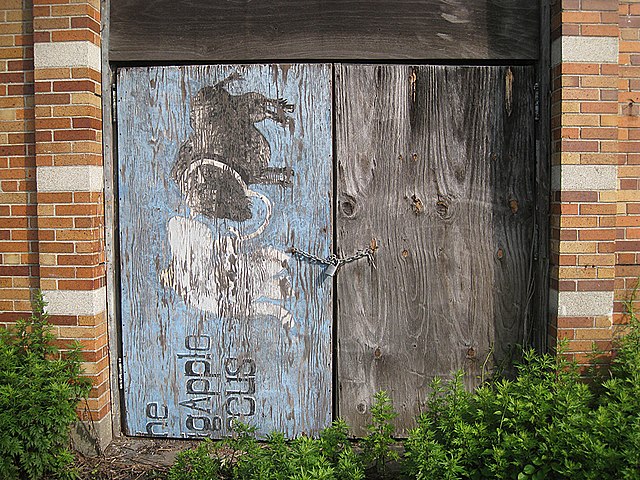
Upon the outbreak of World War II, the Navy turned the airport into Naval Air Station New York. All private and commercial airlines were ordered to leave, along with the remaining residents of Barren Island, and a larger facility was constructed.
Over the course of the conflict, NAS New York was home to a number of naval aviation units of the US Atlantic Fleet, including a scout observation service unit, three land-based antisubmarine patrol squadrons and two Naval Air Transport Service (NATS) squadrons. Aircraft from the location also patrolled the coast of the Atlantic and engaged German U-boats.
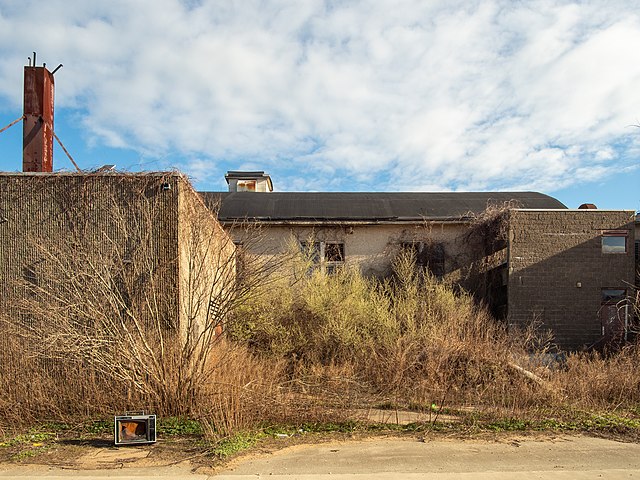
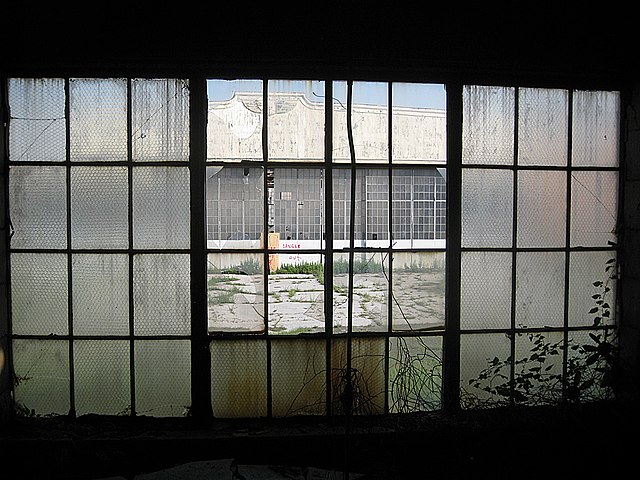
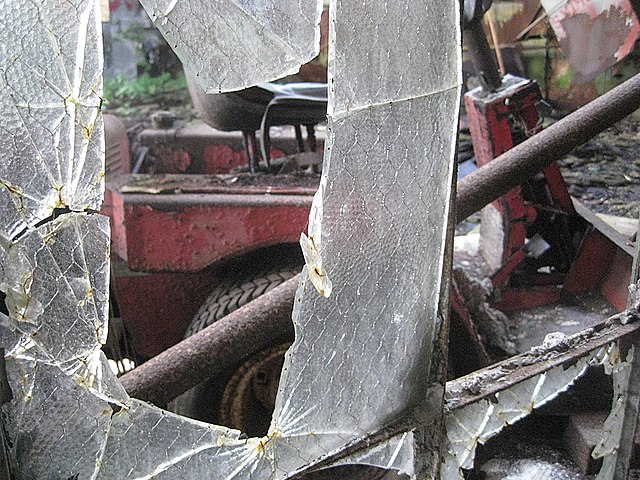
Following the war, NAS New York was turned into a Naval Air Reserve station. During this time, the Navy allowed the US Army Air Reserve and New York Air National Guard to use hangars, so long as their activities didn’t interfere with those of the service.
While five reserve squadrons were recalled to active duty during the Korean War, the airport remained largely quiet during the postwar period and into the early 1970s. As such, its primary function was as a support base for units of the Marine Air Reserve and the Naval Air Reserve, and as a training facility for reserve squadrons.
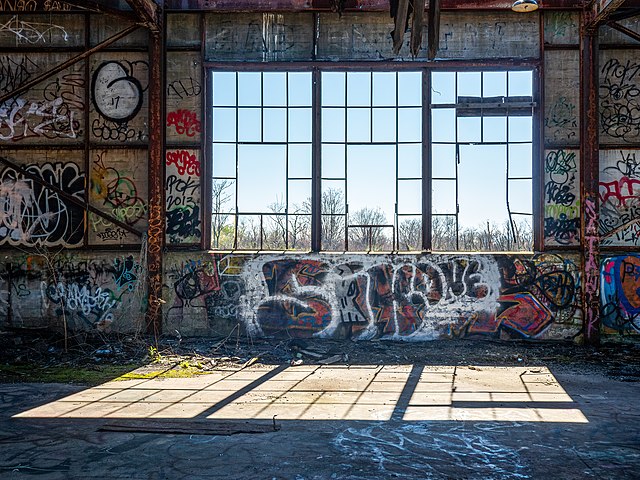
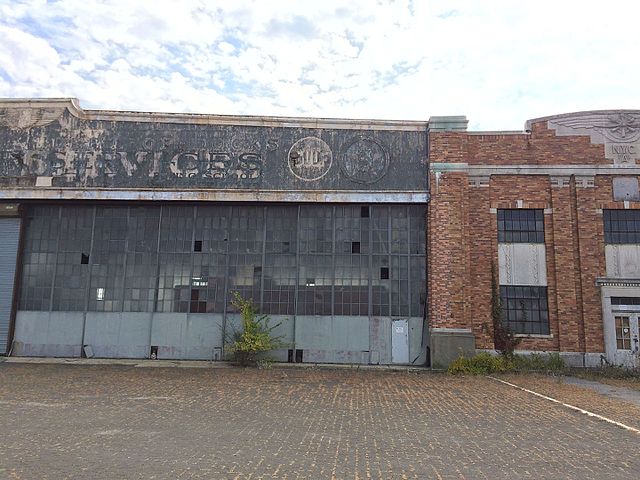
In 1970, the Navy ceased use of Floyd Bennett Field, although a reserve center remained active until 1983. The Coast Guard remained at the airport until 1998, and the 6th Communication Battalion of the US Marine Corps set up shop in 1997.
Transformation into an urban camping ground
Since 1972, Floyd Bennett Field has been under the purview of the National Park Service. The site has since been listed on the National Register of Historic Places, due to the large collection of commercial aviation architecture that remains standing and the airport’s contribution to aviation history.
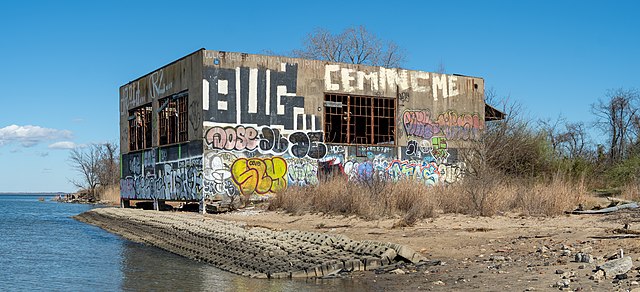
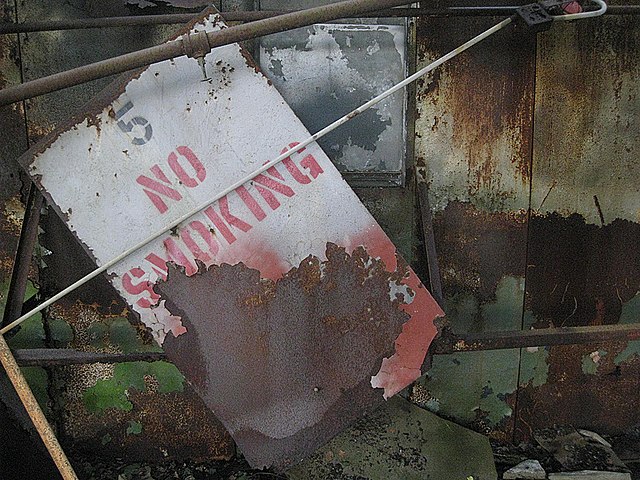
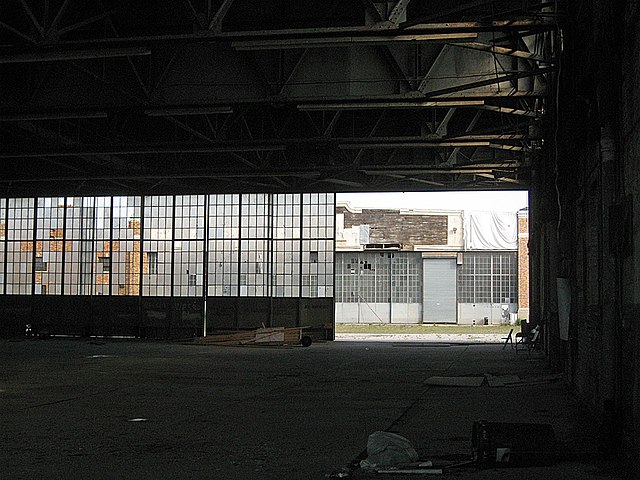
More from us: Eight Abandoned Locations to Visit in Illinois
Today, the airport is one of the largest urban campgrounds in the US and is part of the Gateway National Recreation Area‘s Jamaica Bay Unit. It’s been open to the public since 1974, and along with camping services also features grasslands and a natural area that attract one million visitors a year. Among the activities offered are kayaking, a community garden and Ranger-led ecology walks.
The New York Police Department (NYPD) also runs a helicopter base on a section of the airfield, while another runway is reserved for hobbyists who fly remote-controlled aircraft.
